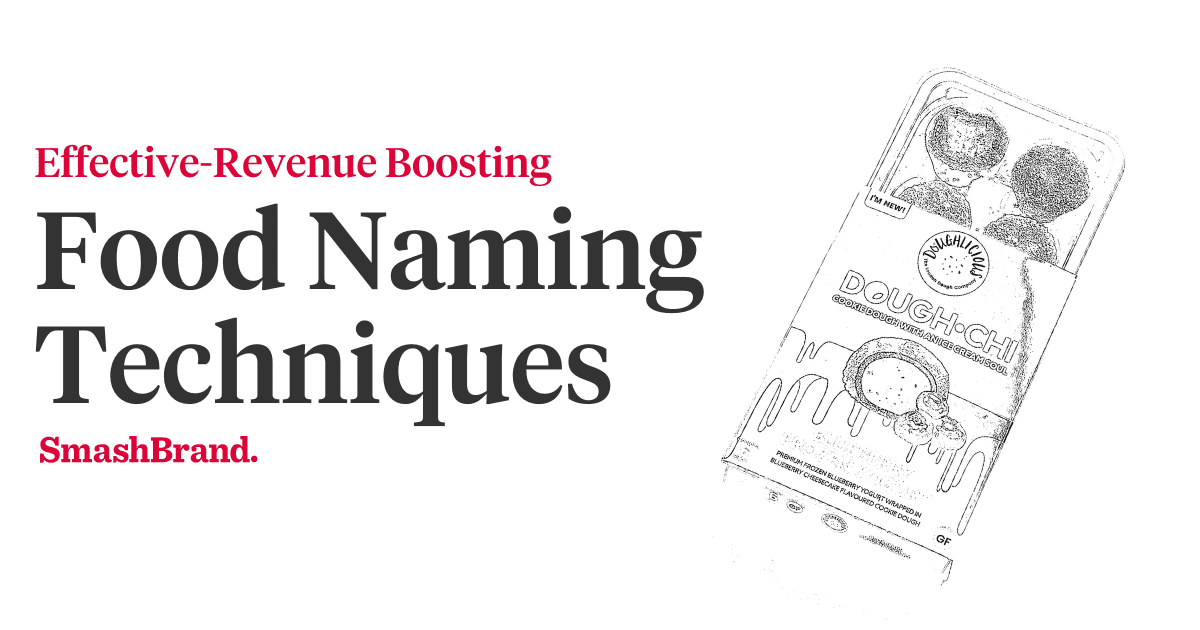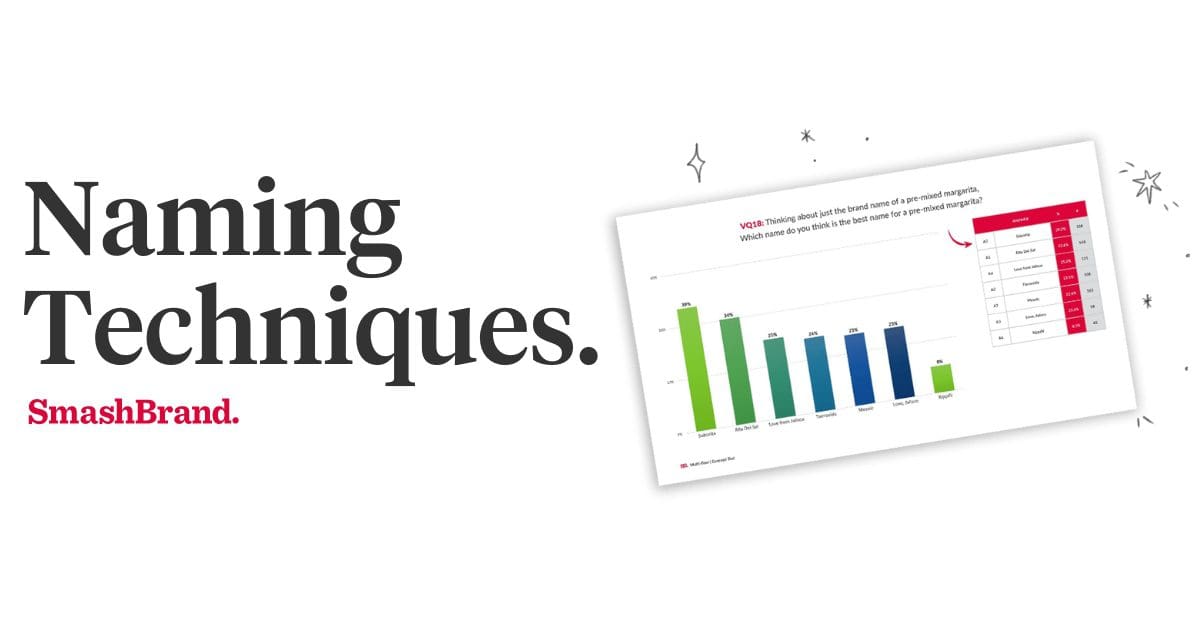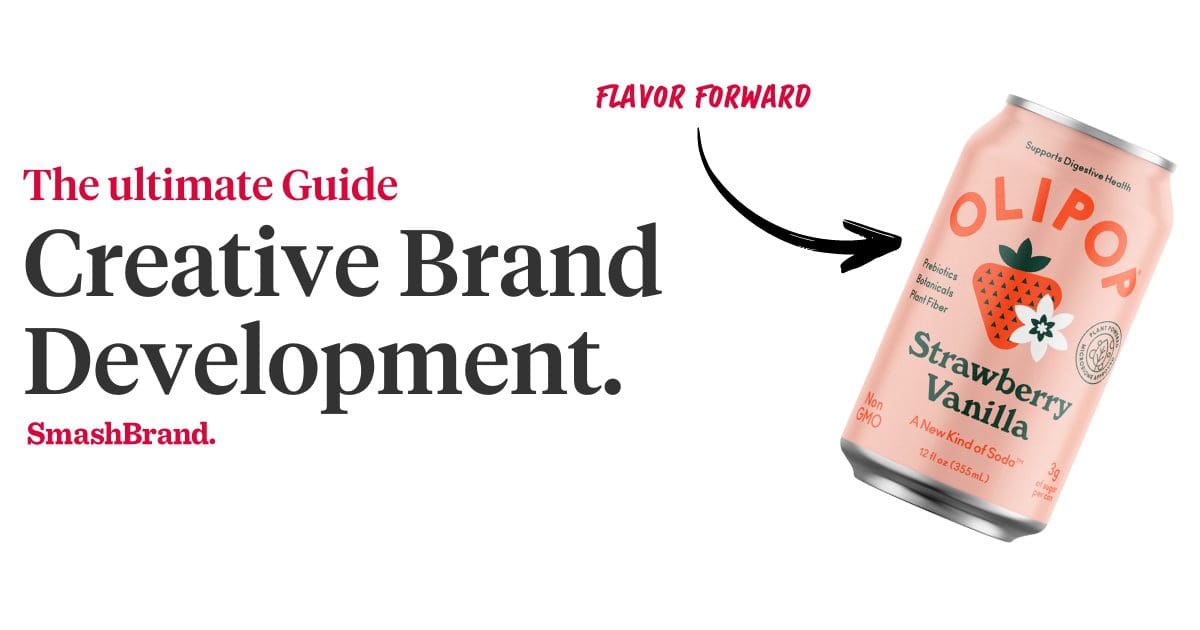Listen to This Article

Designing the Perfect Package
Even though design company brain trusts are tearing out their dwindling tufts of hair trying to think of packaging concepts that “leap outside the box,” (ha!) there are still packaging rules which must be observed. Example:
1. Packages containing liquids must be hollow.
2. Packages containing products marketed to hipsters must be ironic.
3. Packages containing cats must have air holes.
And so on. Even though we feel as though we must, for the sake of our egos, try to reinvent the wheel and develop the most mind-bogglingly futuristic and technologically advanced packaging, it’s more important to keep it clean, streamlined and only marginally larger than the product it contains (this rule isn’t infallible, but more on that later). Dimensions are package characteristics that often get lost in the glamorous shuffle of the design process, but the dimensions of your package could affect the rate at which your product sells.SmashBrand is a top packaging design agency for FMCG and CPG companies
Get your Hands on the SmashReport!
And enter to win a FREE brand diagnosis worth $20,000.
*The SmashReport is a monthly newsletter for FMCG and CPG brands, helping them stand out in the competitive retail marketplace.
Package Size
Generally, the size of the product should dictate the amount of packaging required. However, for very small items, like SIM cards, flash drives or memory cards, the packages are typically about 1000 percent bigger than the size of the product itself. Why? Because you can’t wrap a square inch memory card in an individual Starburst-like wrapper.
The packaging must provide a measure of protection for the product against damage that could reasonably occur during transportation. Additionally, for micro-items, the packaging must be substantial enough to guard against the product getting lost. Also, there’s all that legally required labeling for warnings and instructions and such.
Nevertheless, package size is constantly evolving; we might not often think that we are designing superfluous packaging, but remember CD packages from the late 80’s and early 90’s? Inexplicably, music companies decided that CDs must be encased in 18 x 6 inch boxes. Once some genius packaging designer decided that there was no reason for CD cases to exceed 5 x 5 inches, we’ve never looked back.
Package Dimensions and How Measurements Affect Design
The dimensions of your package are different from the size of your package. The dimensions indicate whether or not your 16 oz sports drink bottle, for example, can fit into a cup holder or not. As we’ve said: the package dimensions can affect the sales of your product. If the dimensions make the product difficult to hold, use or store, then sales will suffer. Moreover, the package dimensions can affect how the design of the label and the logo is displayed, and how easily they can be read.
The measurements of the package must be solidified before the design can take place; if the packaging is for a food product or any consumable, there are USDA and FDA guidelines to contend with (space for nutritional labels and other legally required notations). You may have to include space for barcodes (or QR codes, if you’re feeling particularly creative). If the product is pressurized and must be shipped to wildly varying climates, that must be taken into account.
Design Affects Measurements
Packaging design isn’t all about creating the next squeeze bottle; there are extremely un-sexy factors to be considered. For example, how many units can you reasonably fit into a shipping pallet? Your design may be super-cool, but if it is so awkwardly shaped that you can only wedge 10 items into a box, your client will be wasting a whole lot of money transporting the product to retailers.
Also, what is the space allotment between retailer display shelves? Is your beverage bottle so tall that it can only be displayed on the highest shelf, significantly outside of most shoppers’ eye lines? Who is it marketed towards, then? Shaquille O’Neil?
So, what have we learned? We learned that package dimensions require quite a bit of consideration. We learned that the original designers of CD packaging were hacks. We learned that we must yield to the almighty FDA and USDA before we even think of committing to package size and dimensions. Finally, we learned that if you want to design a fashionably tall beverage bottle, then for your sake, we hope that Shaquille O’Neil purchases, literally, all of them.
Data-Driven Brand Development
Want a best-selling brand? SmashBrand is a brand development agency for FMCG and CPG companies. From brand strategy to packaging design testing, our Path To Performance™ process guarantees a retail performance lift. Book a time to discuss your project with our team.





